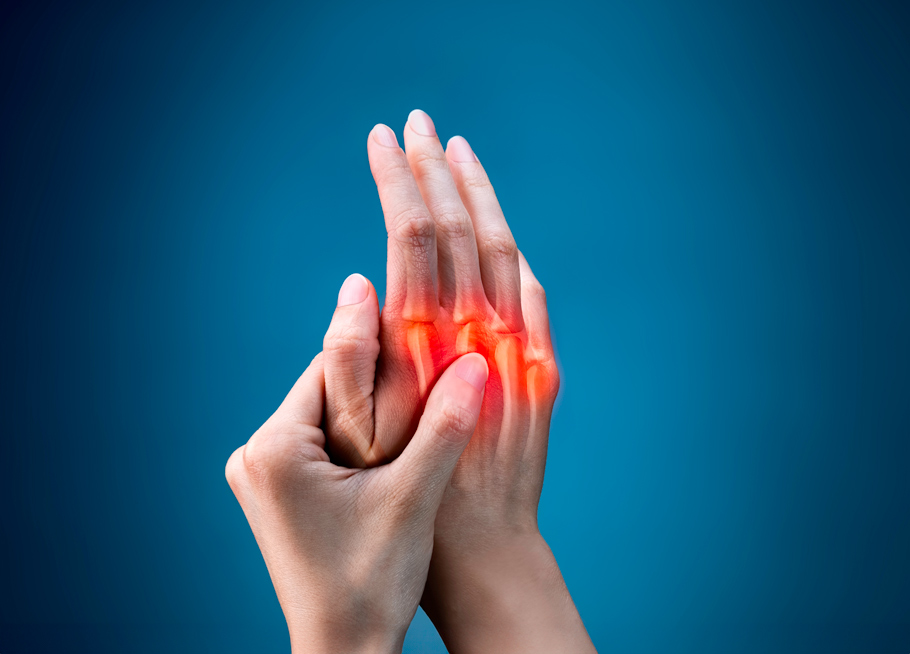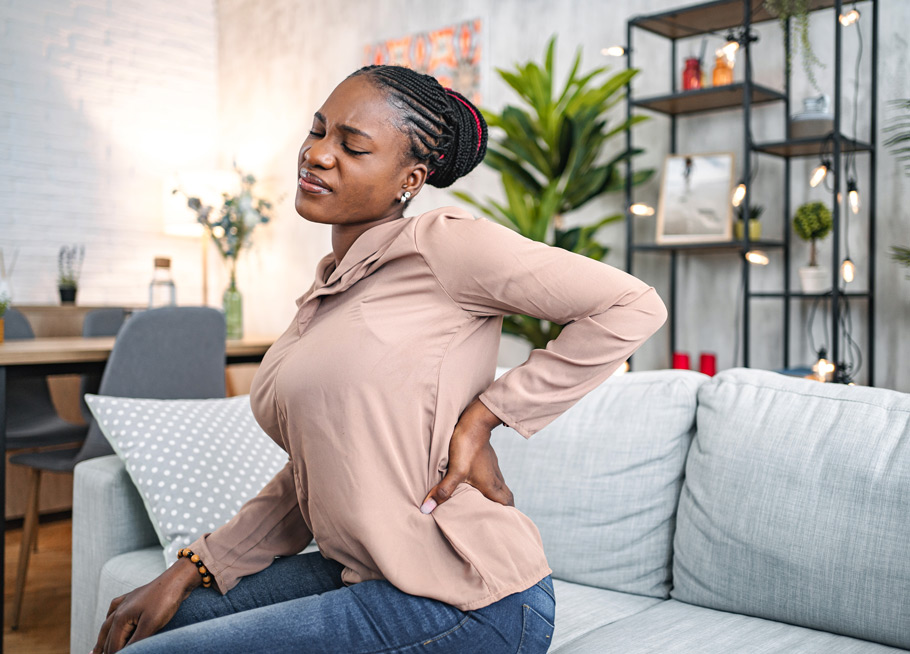
Osteoarthritis, a condition characterised by the degeneration of joint cartilage and underlying bone, is a leading cause of pain and disability in the UK. Managing this pain requires a comprehensive understanding of its triggers and effective treatment strategies.
Where does osteoarthritis hurt the most?
The intensity and location of osteoarthritis pain can vary based on several factors, including the individual’s overall health, activity level, and the joints affected. Commonly, the pain is localized in joints that bear weight and undergo repetitive motion.
- Knees: Osteoarthritis in the knees can be particularly debilitating due to the joint’s crucial role in supporting the body’s weight. Pain typically worsens after periods of inactivity or excessive use.
- Hips: The hips are also primary weight-bearing joints, and osteoarthritis here can cause discomfort and stiffness, restricting mobility.
- Hands: Osteoarthritis in the hands often results in pain during activities that involve gripping or pinching, with the base of the thumb and fingertips commonly affected.
- Spine: When osteoarthritis affects the spine, it can cause pain in the neck or lower back, and sometimes result in nerve irritation that causes numbness or tingling in the limbs.
Factors that Worsen Osteoarthritis Pain
Several factors can exacerbate osteoarthritis symptoms, making pain management increasingly challenging. Recognising these can help individuals mitigate their effects.
Excess Weight
Carrying extra body weight significantly contributes to the strain on weight-bearing joints like the knees and hips, exacerbating the pain experienced by osteoarthritis sufferers. Each additional pound of body weight translates to increased force on these joints, accelerating cartilage breakdown.
Overexertion
While regular physical activity is vital for maintaining joint flexibility and strength, overdoing it can lead to increased pain. High-impact activities or excessive exercise put undue stress on already compromised joints.
Weather Changes
Anecdotal evidence often points to weather changes, particularly cold and damp conditions, as a factor that exacerbates joint pain. Although the scientific reasoning remains under discussion, individuals with osteoarthritis often report increased stiffness and pain during these conditions.
Should you push through pain with osteoarthritis?
The notion of “no pain, no gain” is not applicable to osteoarthritis. Pushing through pain can actually cause further joint damage and exacerbate symptoms.
“Listening to your body and respecting pain signals is crucial in managing osteoarthritis,” explains Dr. Sarah Edwards, a rheumatologist based in the UK. “Overstressing inflamed joints can lead to a cycle of chronic pain and disability.”
Instead, a balanced approach of gentle, regular movement paired with appropriate rest periods can help maintain joint function and reduce pain. Health professionals often recommend low-impact activities such as swimming, cycling, or tai chi, which support joint health without unnecessary stress.
What is the best painkiller for osteoarthritis?
Medication for osteoarthritis pain aims to reduce discomfort and improve function. However, the “best” painkiller varies based on individual circumstances, including the severity of symptoms, coexisting health conditions, and response to medication.
Over-the-Counter (OTC) Medications
For mild to moderate pain, doctors often recommend OTC pain relievers. Paracetamol is usually the first-line treatment due to its minimal side effects when taken as directed. Nonsteroidal anti-inflammatory drugs (NSAIDs), such as ibuprofen, are also common but come with increased risks, including gastrointestinal issues and heart problems, especially with prolonged use.
Prescription Medications
For more severe pain, prescription options are available. These may include stronger NSAIDs, capsaicin cream, or even opioids for short-term relief in severe cases. It’s important to note that long-term opioid use is generally discouraged due to dependency risks and side effects.
Intra-articular Treatments
Intra-articular injections, including corticosteroids or hyaluronic acid, are also an option for managing osteoarthritis pain. These are particularly useful for individuals who cannot tolerate oral medications or for whom such medications have proven ineffective.
Personalised Treatment Approach
A personalised treatment plan, often combining medication with non-pharmacological therapies, yields the best results. This plan may include:
- Physical therapy
- Regular, appropriate exercise
- Dietary changes
- Use of assistive devices
- Stress-reduction techniques
- Alternative therapies (e.g., acupuncture)
Effective management of osteoarthritis pain requires a multifaceted approach, centred on individual patient needs and lifestyle. By understanding the various factors that contribute to osteoarthritis pain and the wide range of treatment options, individuals suffering from this condition can take proactive steps towards pain reduction and improved quality of life.
Disclaimer: This article is for informational purposes only and does not constitute professional medical advice. Always seek the advice of a qualified health provider with any questions you may have regarding a medical condition.
Article by Dr. Naveen Bhadauria



